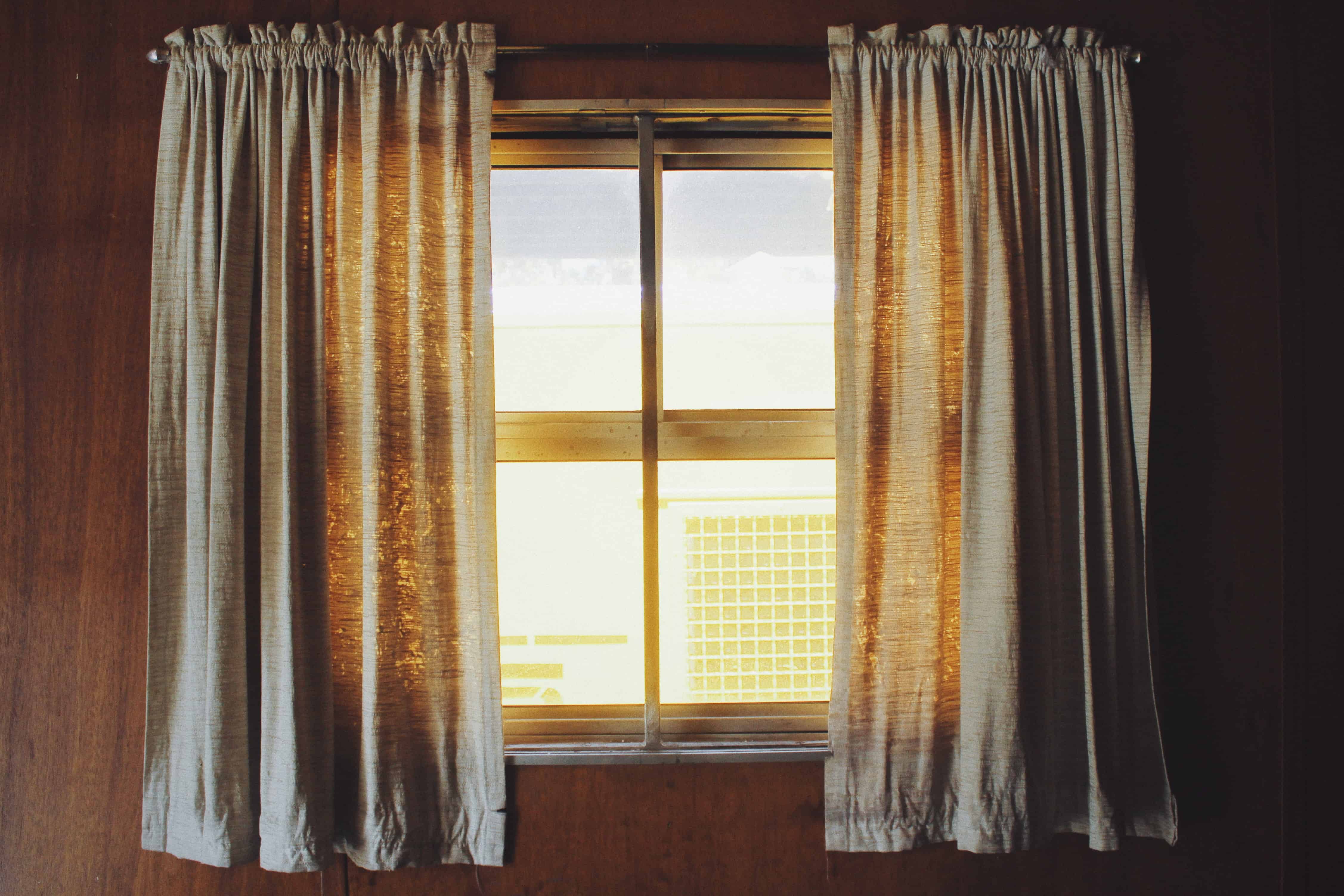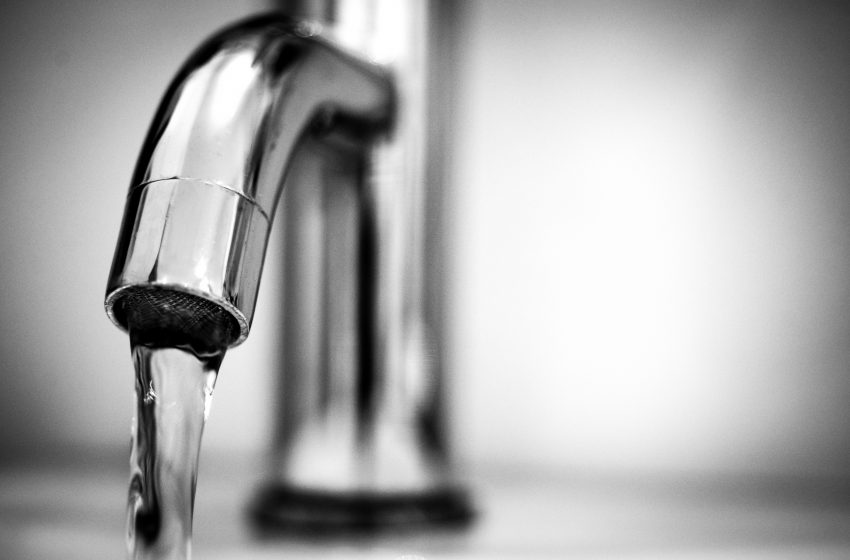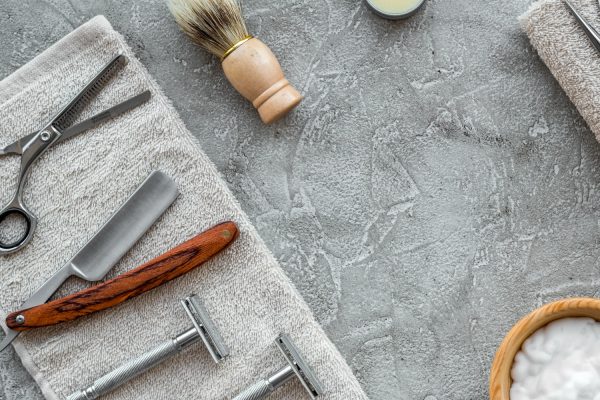It seems odd to be thinking about winter proofing your house when we’ve barely said goodbye to summer. There hasn’t been a frost, and the leaves aren’t even turning yet! But, this time of year, while there’s still plenty of daylight and warmth to be had, is exactly when you should be thinking about doing the jobs that’ll really benefit you once the winter weather arrives. After all, who wants to be tackling DIY in the snow?
Seal the entrances
Draughts can come in from all sorts of places: gaps around windows and doors, keyholes, letterboxes and even the catflap! Check the seals on all your windows and doors to make sure they’re not misshapen. With most modern windows, the seals simply pull out and fit into a groove, so you may well be able to re-position and reshape the seals yourself without much effort. If they do need to be replaced, because you can’t reshape them or because they’ve worn out, then replacement lengths of seal are easy and cheap to buy online, and fit yourself – no handyman required!
For draughty keyholes, catflaps and letterboxes, a quick search online will reveal all sorts of gadgets and gizmos you can procure relatively cheaply to help solve your cold air problems. For example, did you know you can buy special covers for your keyholes to keep draughts out? What a time to be alive!
Check your chimney

If you have unused fireplaces in your home, then winter proofing season is the time to check the chimneys. First, make sure the flue is closed so that it doesn’t become the source of a draught in cold weather. You can also invest in a chimney balloon for about £20 online. This will keep warm air in at the same time as keeping cold air and anything else that could come down the chimney (except for Santa Claus, of course) well and truly out.
Fix your floors
Entrances and exits to your home are not the only places that a draught can get in, though. Make sure you also check your floor and skirting boards for gaps, as a lot of heat gets wasted this way. If you have bare floorboards in your home, a couple of rugs you can pop out when the weather reaches its coldest may be a good investment. The extra layer will prevent heat from escaping through the floor. It also means you can walk around without getting cold feet from the bare wood!
It’s also well worth checking if you have any gaps between your skirting boards and the floor. This is another place heat can get out – and rodents can get in! Seal these gaps with a silicone-based sealant to make sure all that much-needed heat stays in, and pesky rodents stay out!
Winter proofing your curtains

Most modern houses come with double glazing and are well insulated against the cold. But, taking additional steps to keep the heat inside your house means you can turn the thermostat down, saving you money on your winter energy bills. Buying lined curtains, or even making your own lining, is one step you can take. The thicker the fabric you have covering your windows, the more of the heat from the room they’ll absorb. As long as you keep them drawn, that is. Remember to open them on sunny days though – the sunlight coming in can help warm your rooms so you don’t need to rely on the heating so much!
Get your boiler serviced
A boiler breakdown in the middle of winter is catastrophic, not to mention expensive. By getting your boiler serviced as part of your winter-proofing, you can nip any problems in the bud. A boiler servicing engineer will check make sure all the different components of your boiler are safe and in good working order. They’ll also check your condensate pipe and trap, which can often freeze up and cause problems in extremely cold weather. A boiler service isn’t cheap at £60-£100, and nor are the repairs. But, it’s better to spend a little now, and on your own terms, than be faced with a very expensive emergency later!
Protecting your pipes

As well as your boiler, make sure you take a look at your general plumbing ahead of the winter to identify any problems. Pipes don’t need to be old to be at risk of freezing in cold weather. Even new pipes can go wrong, and if and when they do, it’s a catastrophe. A frozen pipe can cut off your access to heating and hot water. Not what you want at any time of year! To help protect them – and yourself – from boiler related problems, invest in some pipe insulation. This essentially consists of foam tubes similar to the “noodle” swimming aids you see around pools, that is designed to fit around your pipes, protecting them from the cold.



















